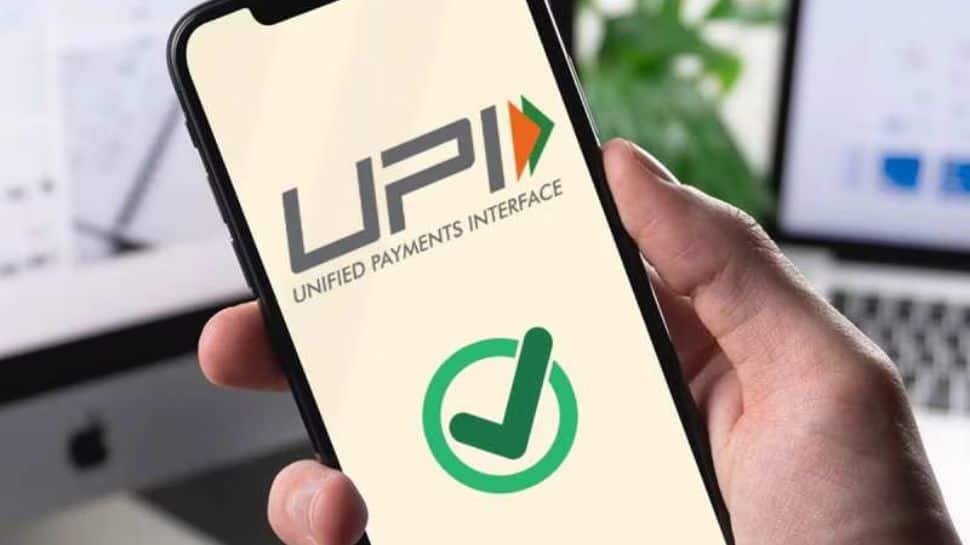New Delhi: UPI users from July 31, 2025 will see new limits on how often they can perform non-financial actions like checking balances or viewing transaction statuses. This move was announced by the National Payments Corporation of India (NPCI) is part of a new framework to better manage API usage and ensure smoother UPI services especially during peak hours.
NPCI, in a circular dated May 21, 2025 asked all banks and payment service providers (PSPs) to keep a close check on the usage of ten high-frequency APIs on the UPI network. These are requests made by users or systems and the move is aimed at managing network traffic, according to an ET report.
These APIs include services like balance checks, autopay mandate processing, transaction status updates, and account listings. Banks and PSPs have until July 31 to follow the new rules or they could face penalties, API restrictions, or even a halt on adding new customers.
The circular stated that PSP banks and acquiring banks must keep a close watch on all API requests sent to the UPI system — whether triggered by customers or by the banks’ own systems — and make sure they’re used appropriately, keeping in mind the speed and number of transactions per second.
PSPs must also submit a confirmation by August 31, stating that system-initiated API requests are properly controlled and managed. One of the key changes is a new limit on balance checks — users will now be allowed up to 50 balance enquiries per app, per day. So, if you use multiple UPI apps like Paytm and PhonePe, you can check your balance up to 50 times on each app daily.
“This might be an inconvenience to traders and other users who check their balances or transactions extremely frequently,” says Musharraf Hussain, Chief Operating Officer, Ezeepay. “However, this is being done so that UPI’s infrastructure core remains stable and available for use by all.”
The circular asks apps to limit balance checks during busy hours (10 AM–1 PM and 5 PM–9:30 PM). Instead, banks will send updated balance info with every successful transaction. While this helps ease the system, it might mean users can’t get real-time balance updates whenever they want.
“Customers might not be able to get a real-time, updated balance of their accounts on PSP apps,” said Pavan Kumar, Chief Product Officer at NPST. Still, NPCI has assured that customers will keep receiving accurate balance updates even after these changes are made.
Autopay and Transaction Rules Updated
Autopay mandates, which are used for regular payments like SIPs or subscriptions will now be processed only during non-peak hours. However, customers can still set them up anytime they want.
The circular explains that for autopay mandates, only one attempt plus up to three retries are allowed, and these can happen only during non-peak hours with controlled speed. For transaction status checks, banks and PSPs must wait 90 seconds after a transaction is authenticated before the first status check, and limit status checks to three times within two hours.
To prevent unnecessary repeated attempts, some error codes will now cause transactions to be marked as failed. Additionally, acquiring banks must complete an annual audit by CERT-In approved auditors, with the first audit scheduled by August 31 this year.
Account Listing Limits for Smoother UPI
Another important API being controlled is the account listing request, which lets users see all accounts linked to their mobile number. This will now be limited to 25 times per app per customer each day. Users can only make this request after choosing their bank in the app, and any repeated attempts require the customer’s clear permission.
These new rules are part of NPCI’s plan to improve its backend systems as real-time payments grow. By setting limits on frequent API requests, NPCI hopes to provide a smoother and more reliable experience for users, especially during busy times.
#UPI #Transactions #Limits #NPCIs #API #Rules #Starting #Date #Personal #Finance #News



